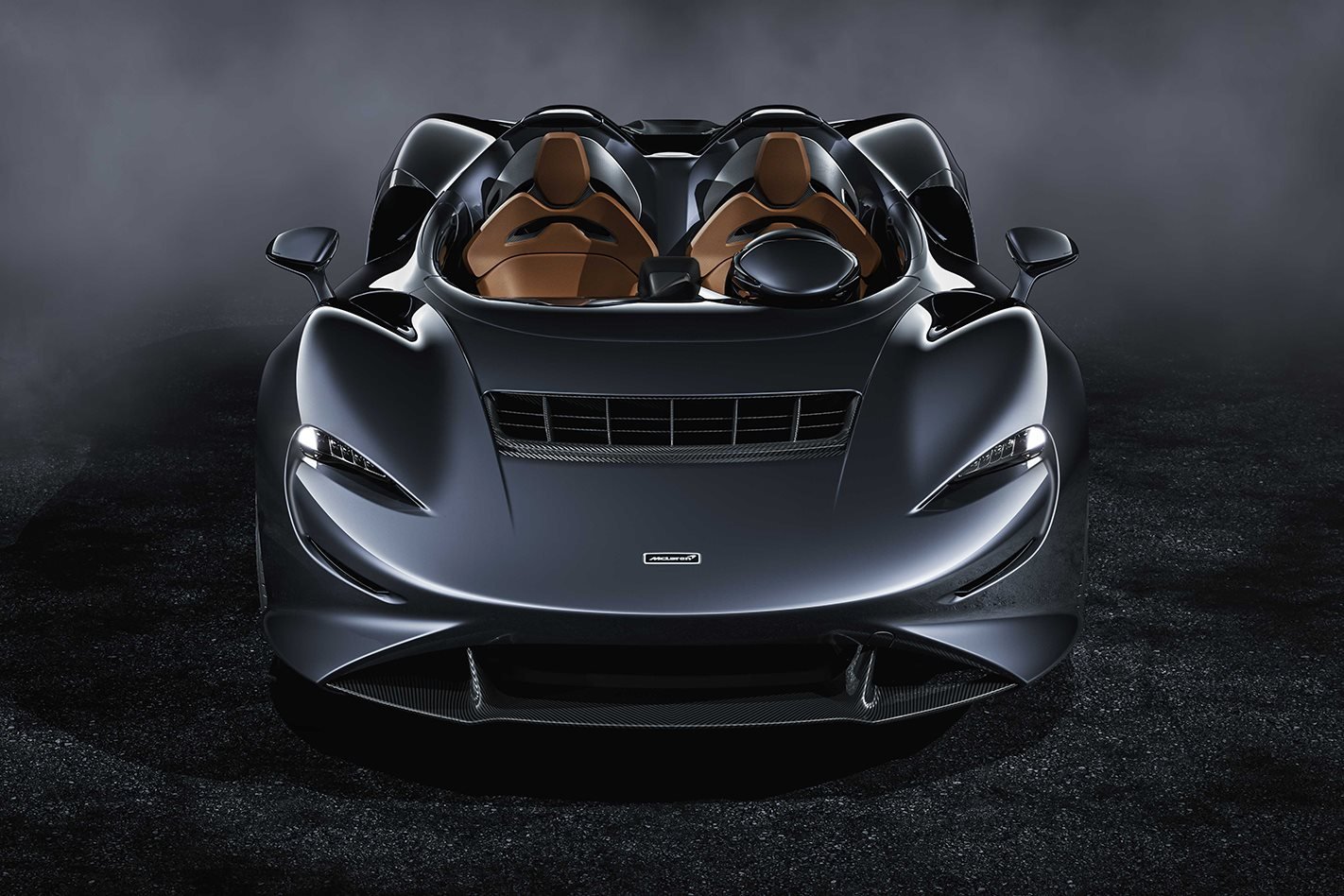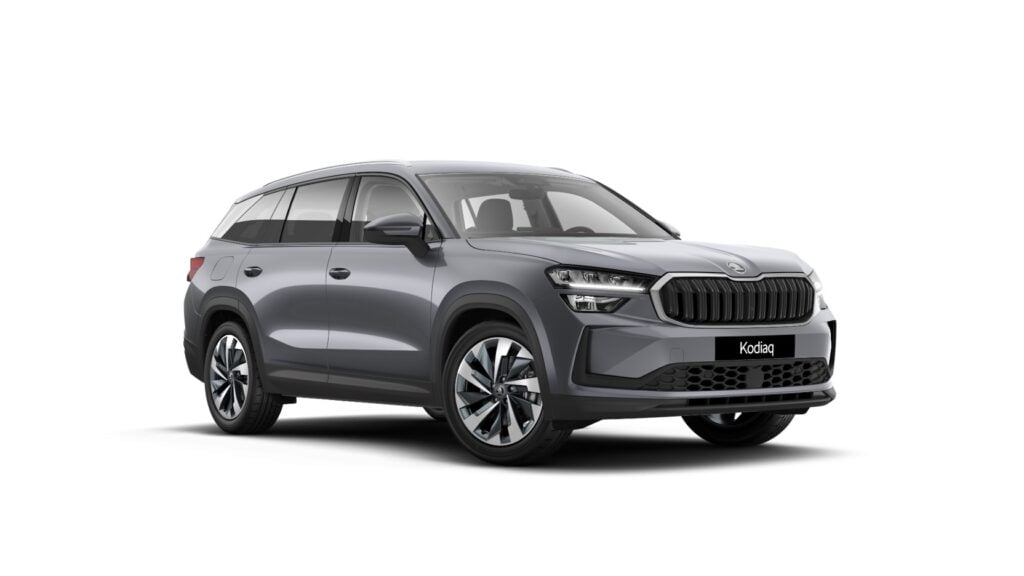Meet England’s answer to the Ferrari Monza, the McLaren Elva, a two-seat, open-top roadster that is the latest in McLaren’s Super Series range.
The name harks back to the McLaren-Elva sports racers of the 1960s, the Bruce McLaren-designed machines customer versions of McLaren’s Group 7 racing cars.

McLaren GT lands in Australia!
Under the carbon clamshell bonnet is a monster 4.0-litre twin-turbo, dry-sumped, flat-place V8 producing 600kW/800Nm. It’s connected to a seven-speed dual-clutch gearbox and with launch control engaged 100km/h is claimed to take under three seconds, with 200km/h reached in 6.7sec.
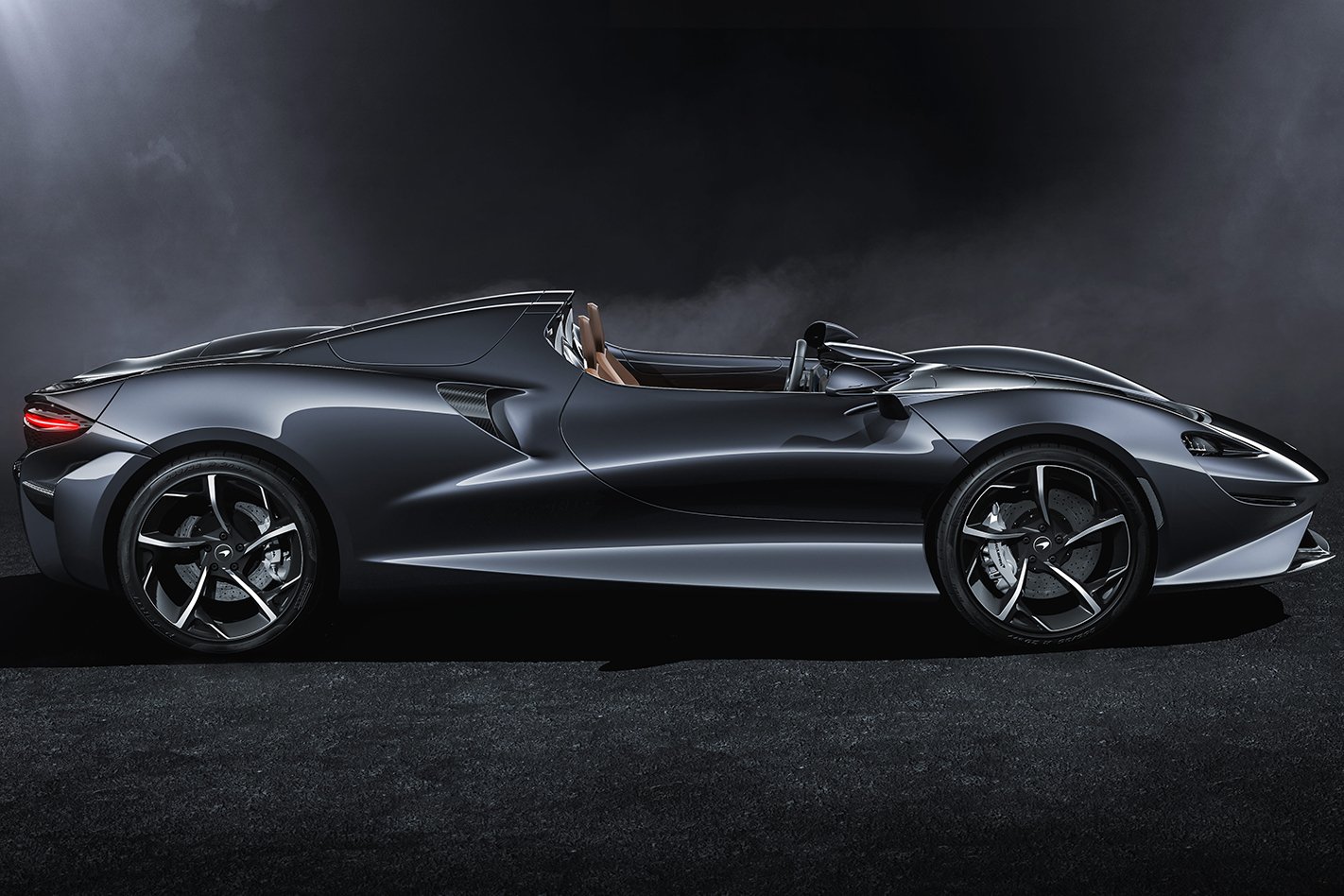
Obviously, ditching the roof, windscreen and side windows helps shave kilograms, though a windscreen is available. Unlike the similar Ferrari Monza, which isn’t road-legal in the United States, McLaren claims the Elva is homologated for all major markets.
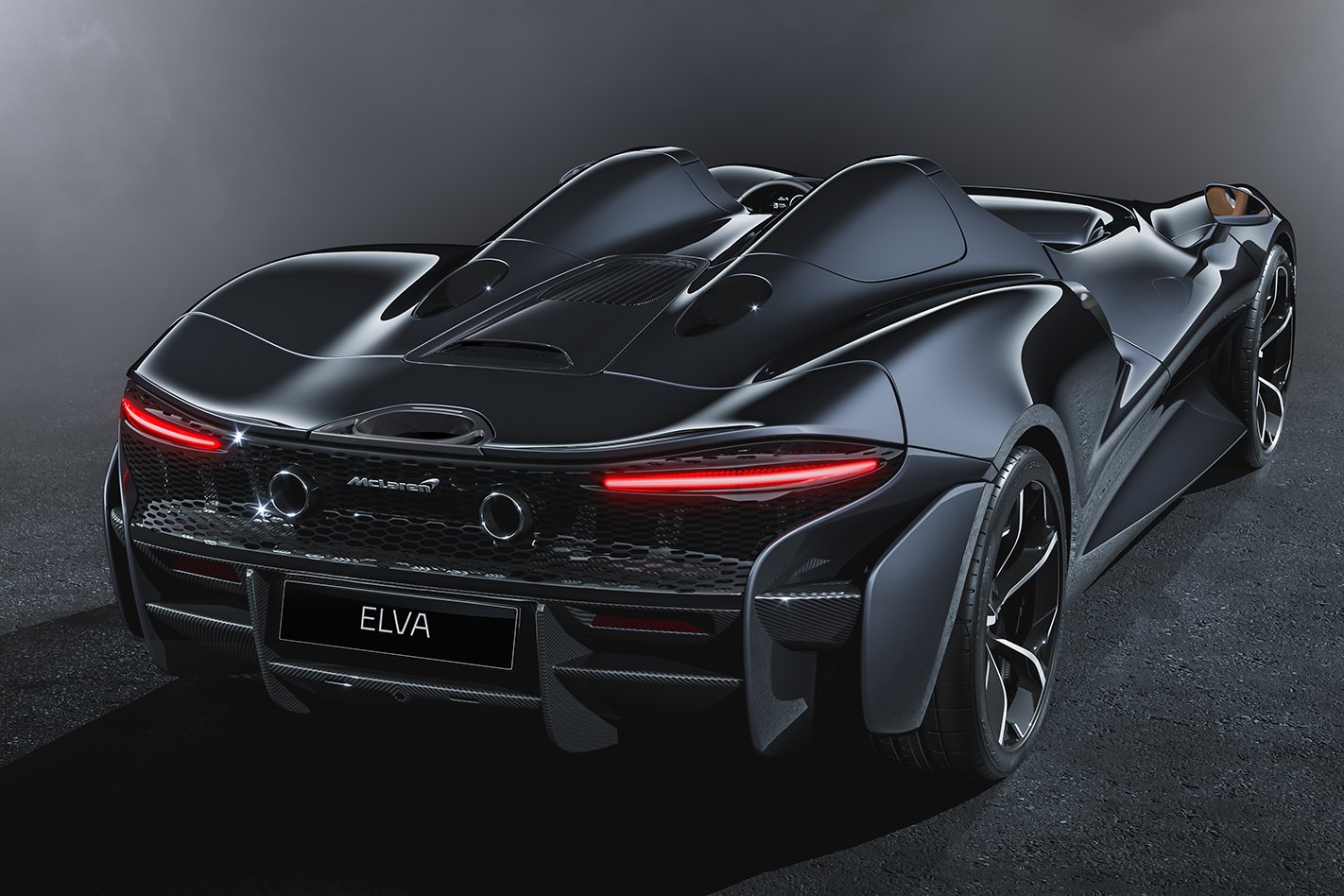
The Elva chassis uses electro-hydraulic steering, McLaren one of the last manufacturers to retain hydraulic steering for its extra connection, while its clever hydraulically-interlinked dampers control the body in corners while also providing a remarkably compliant ride.

A series of aero devices protect passengers, primarily including a large central air inlet with a carbon wind deflector that rises and lowers 150mm to divert air over and around occupants, who are separated by a large carbon central spar.
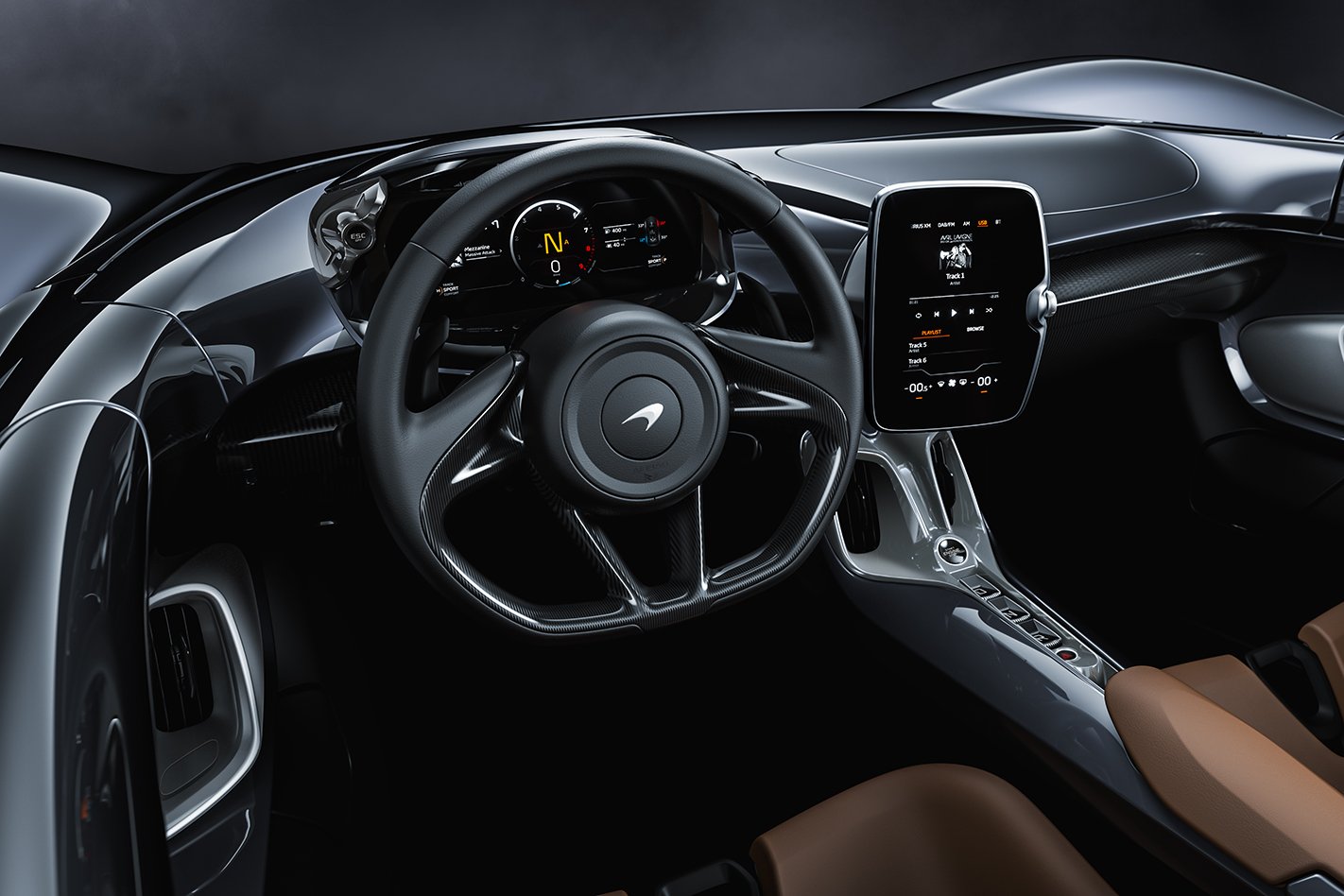
As you’d expect for a Super Series model, virtually every part of the car can be personalised through MSO, from interior colours, paint colours, gloss carbon fibre, different wheels and even the badges are available in white gold or platinum.
Unusually for an ultra-rare hypercar, all examples aren’t currently spoken for, so if you’re keen, get in touch with your nearest McLaren dealer now.


